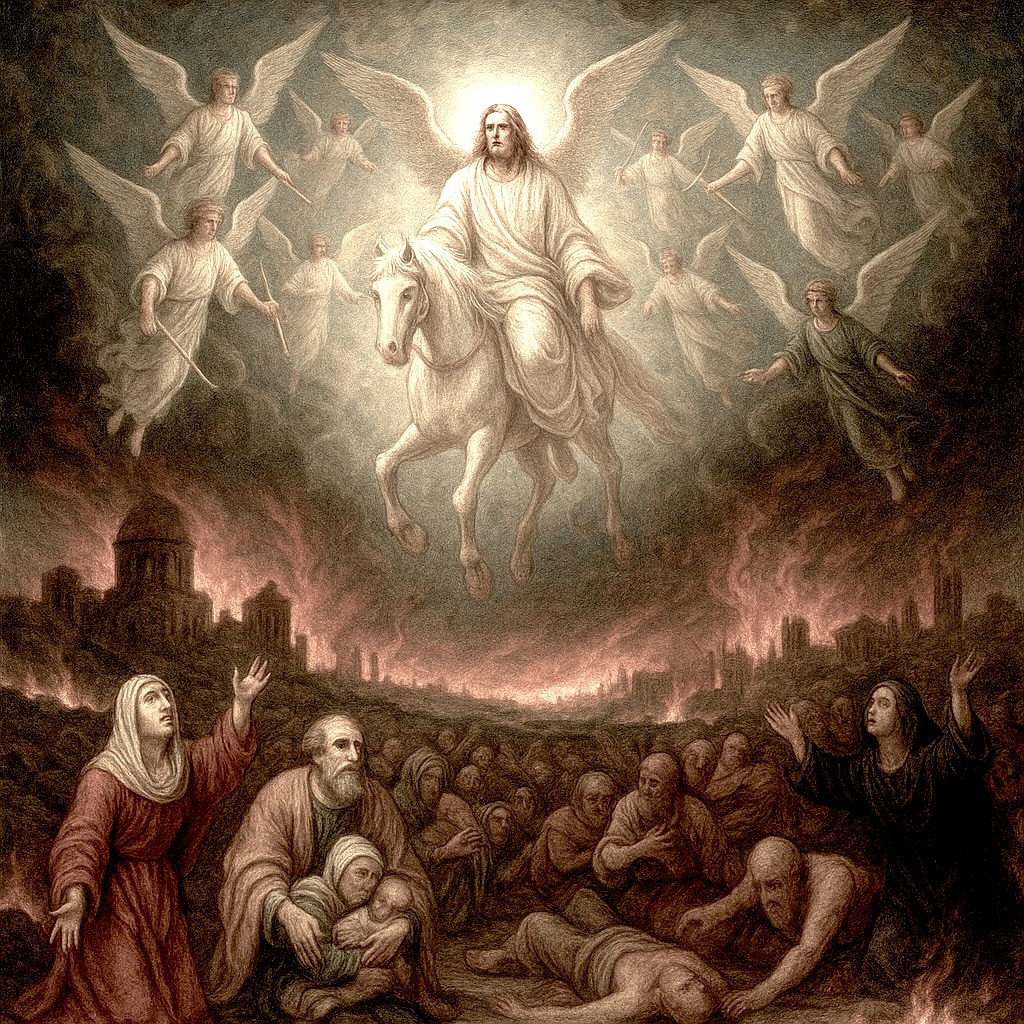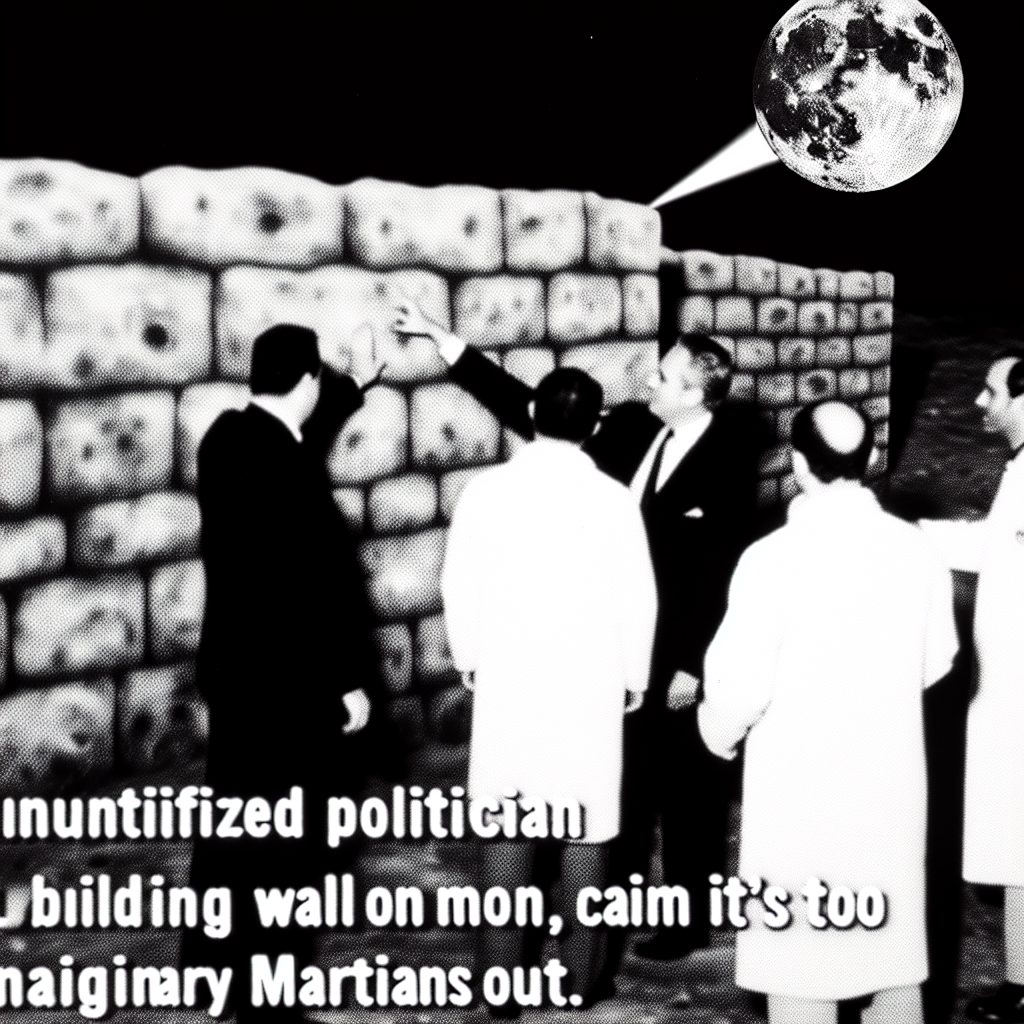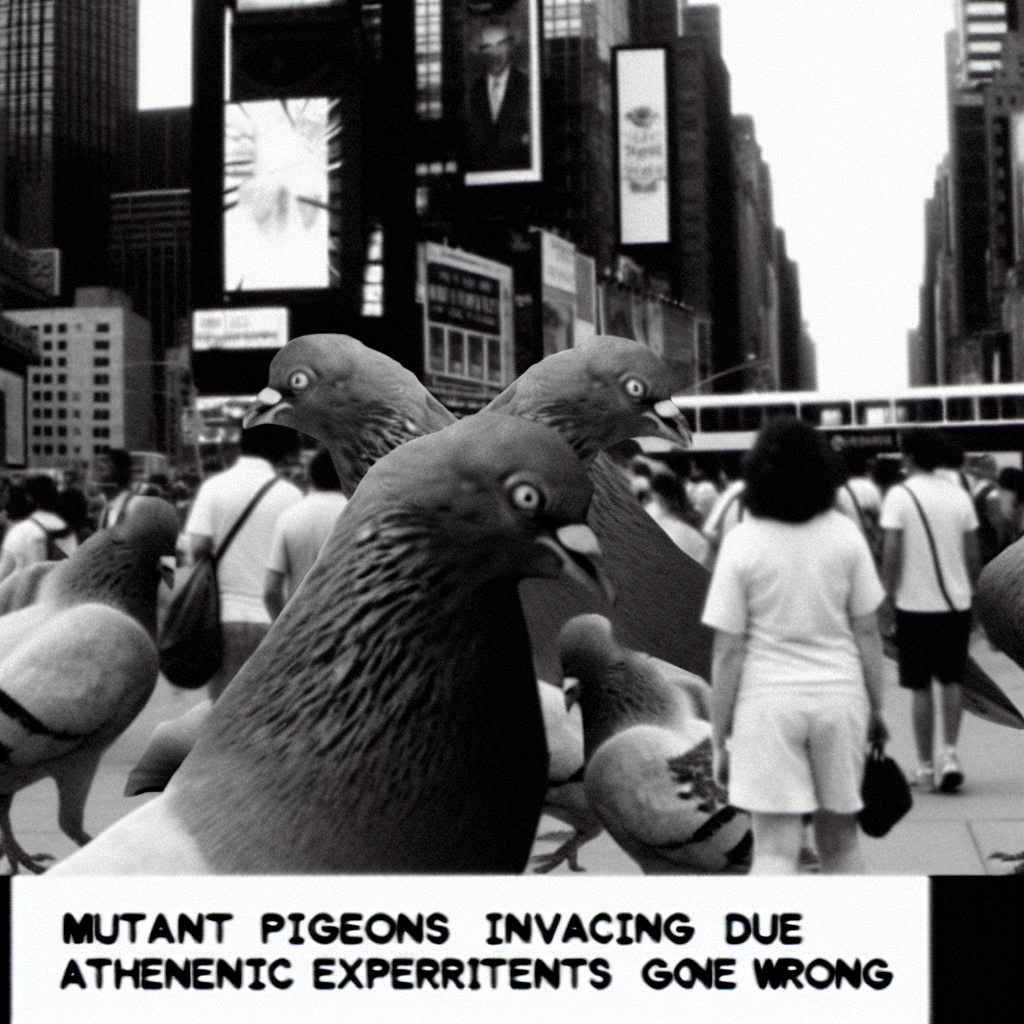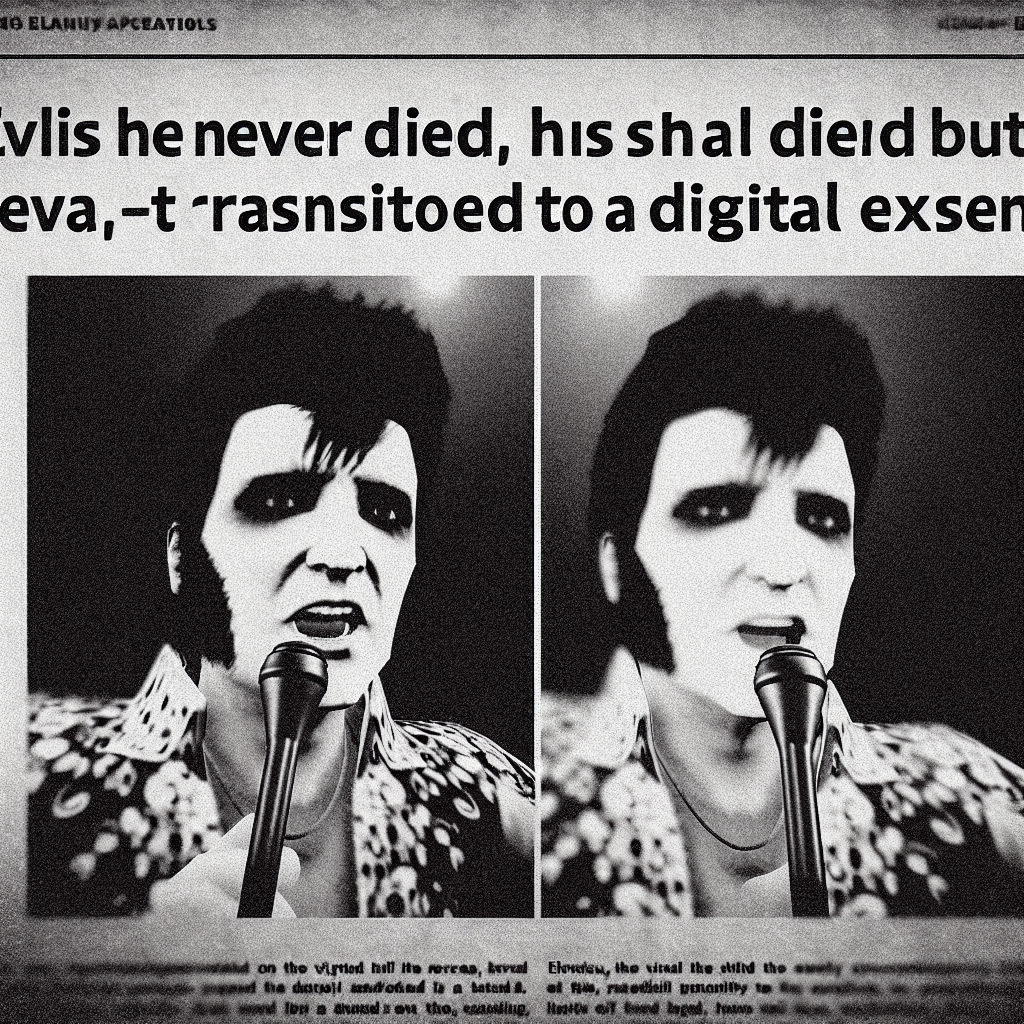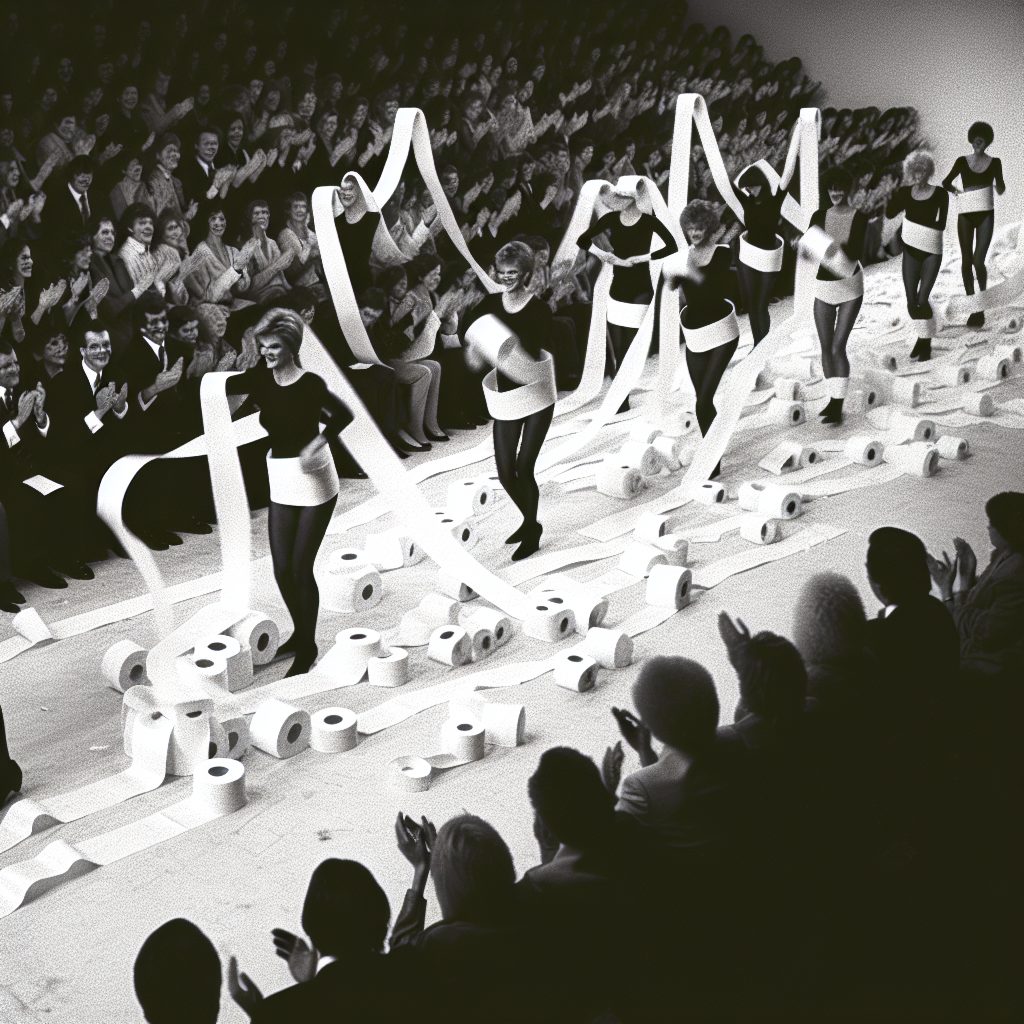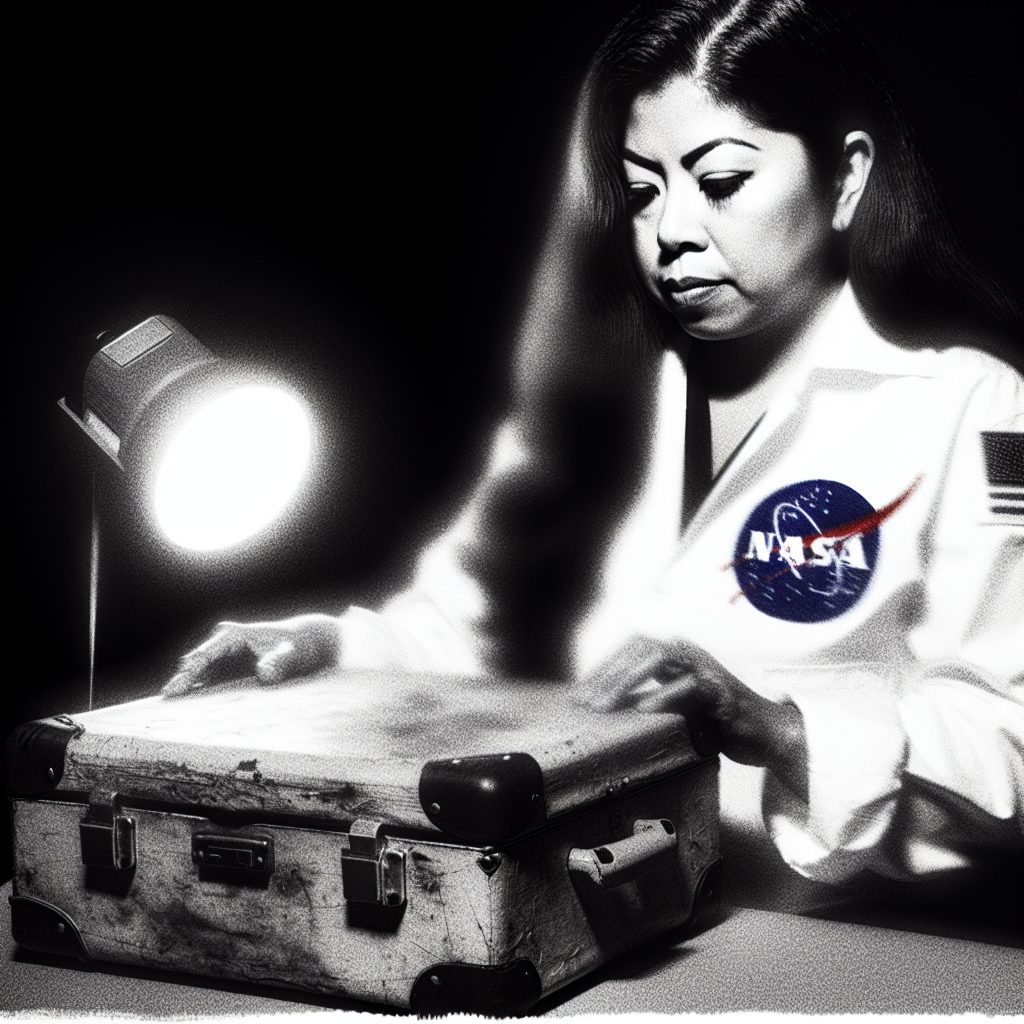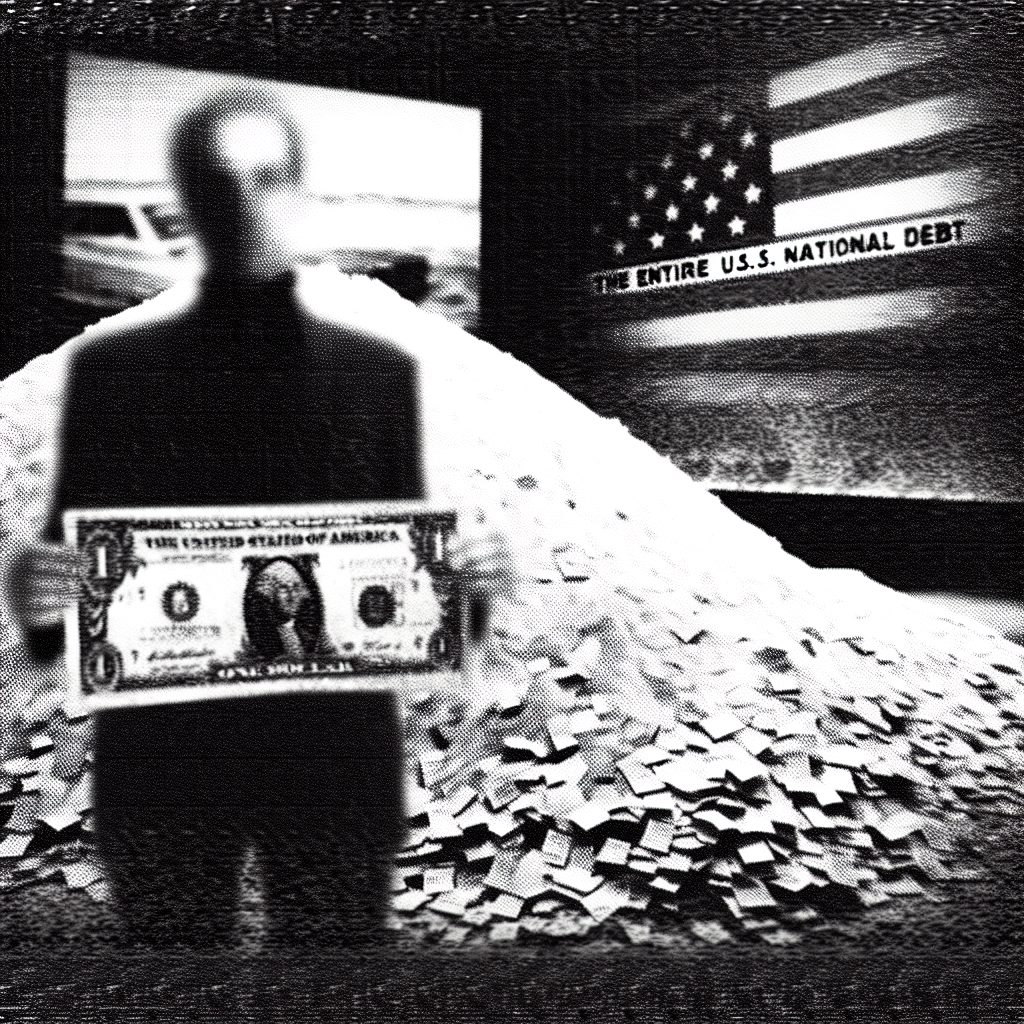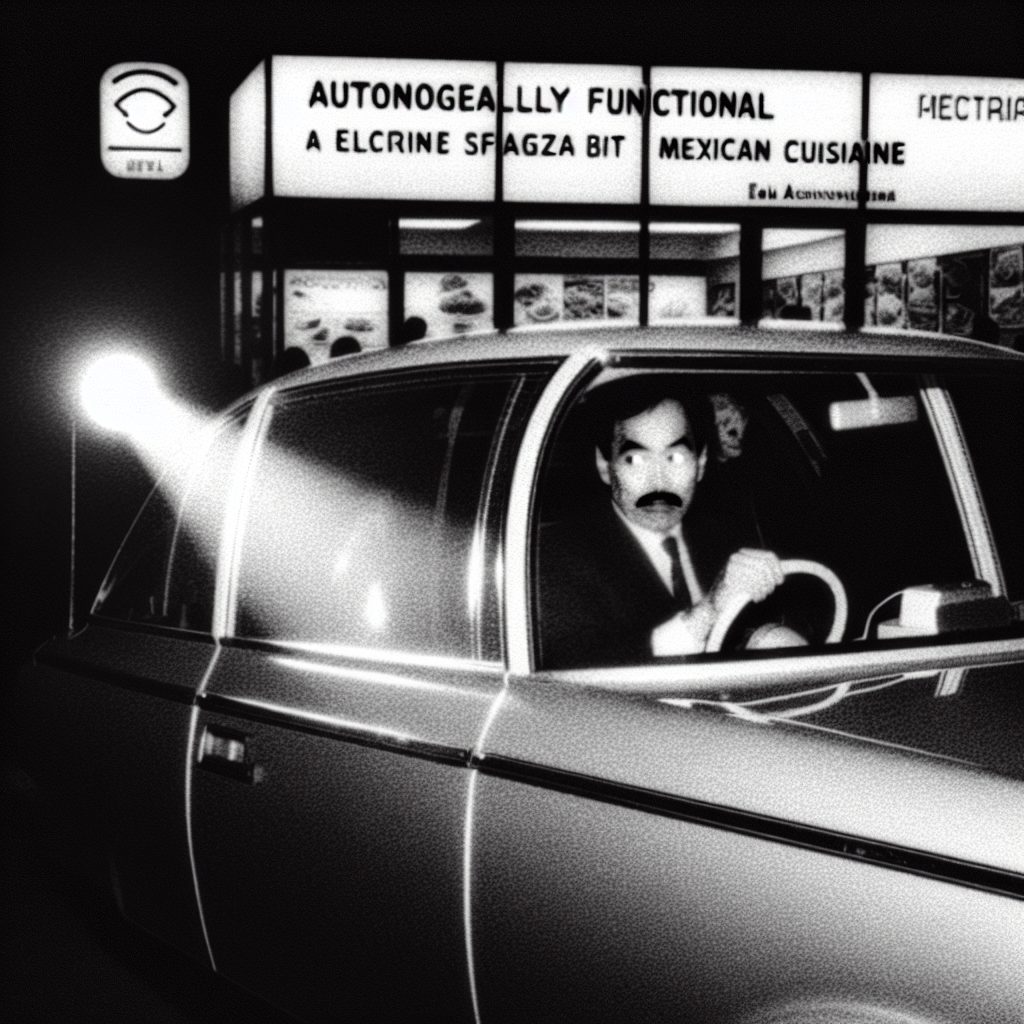NEW YORK FASHION WEEK SS26: BANKSY’S SECRET NYFW COLLECTION REVEALED TO BE ENTIRELY MADE OF TOILET PAPER
Models burst into applause as rolls unravel down the runway — prices soar higher than couture silk.
NEW YORK, NY – In what industry insiders are calling the most shocking revelation since Anna Wintour’s rumored alien ancestry, the mysterious street artist Banksy has been unmasked as the creative genius behind Fashion Week’s most talked-about collection – one crafted entirely from premium toilet paper.
The bombshell dropped Tuesday evening at the exclusive Mercedes-Benz Fashion Week venue when models strutted down the runway wearing what appeared to be avant-garde haute couture pieces. But as the show progressed, fashion elite watched in stunned amazement as the garments began to literally unravel, revealing themselves to be masterfully constructed from rolls of two-ply bathroom tissue.
Sources close to the underground art scene confirm that Banksy, working under the pseudonym “Jean-Pierre Charmin,” spent months infiltrating New York’s fashion underground, secretly recruiting top seamstresses from major fashion houses to execute his radical vision. The collection, dubbed “Flush Forward,” reportedly took over 10,000 rolls of premium toilet paper to complete.
“I’ve been covering fashion for thirty years, and I’ve never seen anything like it,” gasped Vivienne St. Claire, front-row witness and editor of Haute Couture Secrets magazine. “The way those ball gowns dissolved as the models walked – it was like watching performance art meet high fashion. The audience went absolutely wild when they realized what they were seeing.”
The revelation sent shockwaves through the fashion world, with several A-list celebrities reportedly offering astronomical sums for pieces from the collection. Madonna’s representatives allegedly bid $50,000 for a toilet paper tiara that had already disintegrated by the time her offer reached the seller.
Fashion industry experts believe this stunt represents Banksy’s most audacious commentary yet on the disposable nature of fast fashion and conspicuous consumption. Dr. Amanda Rothschild, professor of Contemporary Art Theory at the New School, believes the timing is no coincidence.
“This is clearly Banksy’s brilliant critique of how fashion has become as disposable as toilet paper,” Dr. Rothschild explained from her Greenwich Village office, surrounded by stacks of fashion theory textbooks. “The fact that the garments literally fell apart as they were being worn creates this profound metaphor about the ephemeral nature of trends and the waste inherent in the fashion cycle.”
But the story takes an even more mysterious turn. Underground sources reveal that Banksy’s team strategically placed hidden cameras throughout the venue, capturing every gasp, every shocked expression, and every frantic attempt by fashion editors to photograph the dissolving garments. This footage is rumored to be part of a larger multimedia installation planned for an undisclosed location.
The conspiracy deepens when considering the supply chain. Investigations reveal that several major toilet paper manufacturers reported unusual bulk orders from shell companies linked to known Banksy collaborators. The Charmin Corporation’s stock jumped 15% in after-hours trading following news of the show.
Fashion Week organizers initially denied any knowledge of the Banksy connection, but leaked emails suggest high-level negotiations occurred between the artist’s representatives and event coordinators. One particularly explosive communication mentions “Operation Flush,” referencing special insurance policies taken out for “unconventional materials.”
The runway show’s finale featured a wedding dress that reportedly used 200 rolls of quilted tissue paper, complete with a 20-foot train that dissolved into confetti-like pieces as the model reached the end of the catwalk. Audience members reportedly scrambled to collect fragments as souvenirs, with pieces already appearing on eBay for thousands of dollars.
Several fashion houses are now reportedly rushing to create their own “biodegradable” collections, with insiders suggesting that next season could see designs incorporating napkins, paper towels, and even newspaper comics.
The identity of the models remains shrouded in mystery, with all participants required to sign unprecedented non-disclosure agreements. However, sources suggest several were professional dancers trained specifically to handle the unique challenges of wearing dissolving garments.
The characters and events depicted in this story are entirely fictitious. Any similarity to real persons, living or dead, or to actual events is unintentional and purely coincidental.


